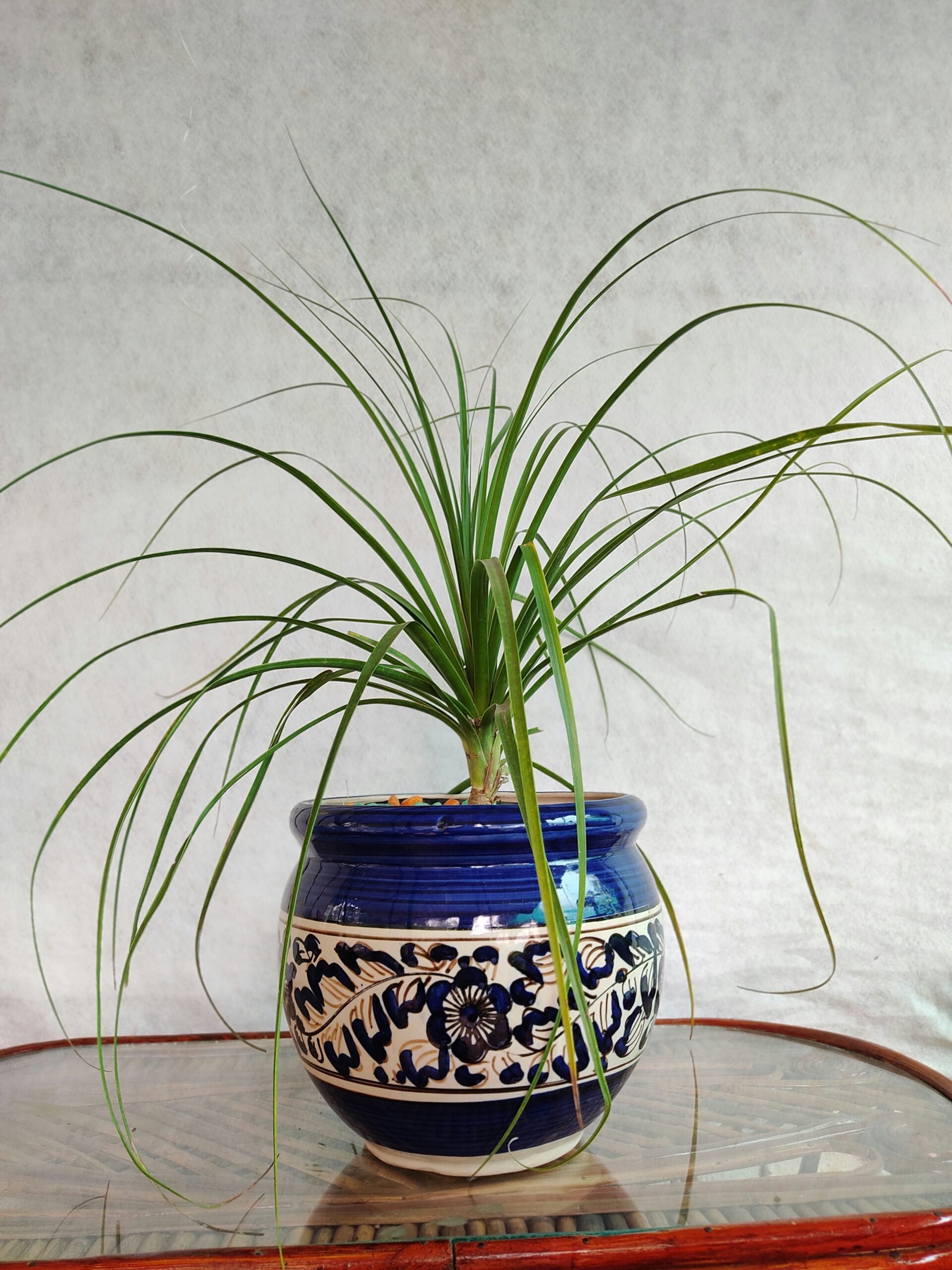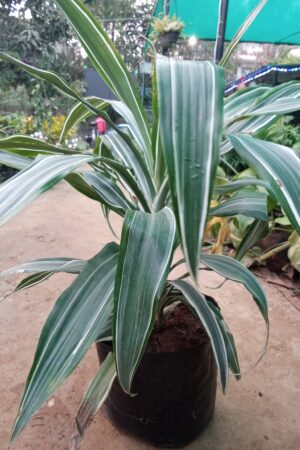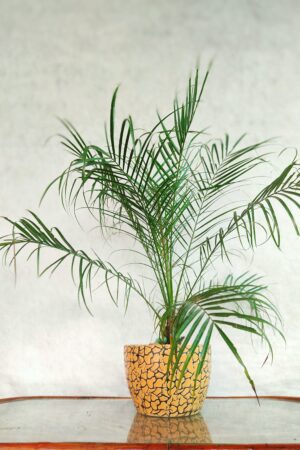ePlant Description
- Appearance: Nolina plants have a thick, bulbous base that resembles an elephant’s foot, from which long, slender, strap-like leaves emerge. The leaves can grow up to several feet long and have a weeping or cascading appearance, similar to a ponytail, hence the common name “Ponytail Palm.”
- Size: Depending on the variety and age, Nolina plants can range in size from a small tabletop plant to a larger, floor-standing specimen. They tend to be slow-growing and can take many years to reach their maximum height.
Fertilizer
- Nolina plants are relatively low-maintenance when it comes to fertilizer. You can use a balanced, liquid fertilizer diluted to half strength during the growing season (spring and summer).
- Apply it every 4-6 weeks. Avoid fertilizing in the winter when the plant is not actively growing.
- Soil: Well-draining cactus or succulent mix is suitable for Nolina plants. Good drainage is essential to prevent root rot.
Accessories
To care for your Nolina plant effectively, you may need the following accessories:
- Pot with drainage: Ensure the pot you choose for your Nolina has drainage holes to prevent water from accumulating in the soil.
- Saucer: Place a saucer under the pot to catch excess water and prevent it from damaging your furniture or flooring.
- Sunlight exposure: If your Nolina is kept indoors, consider rotating it periodically to ensure even light distribution on all sides of the plant.





Reviews
There are no reviews yet.